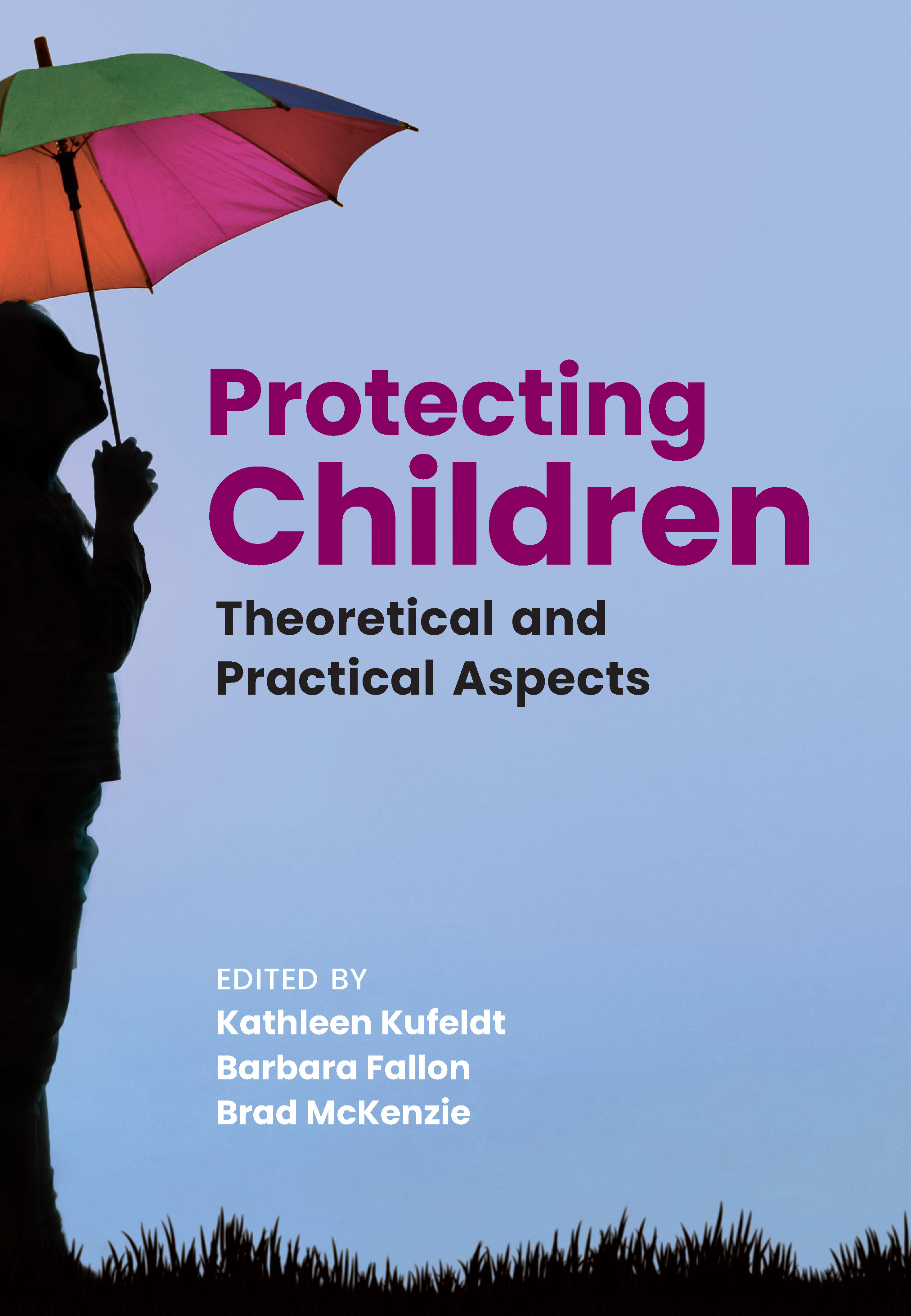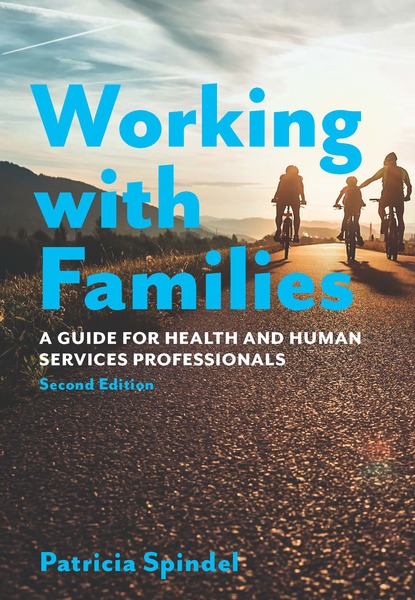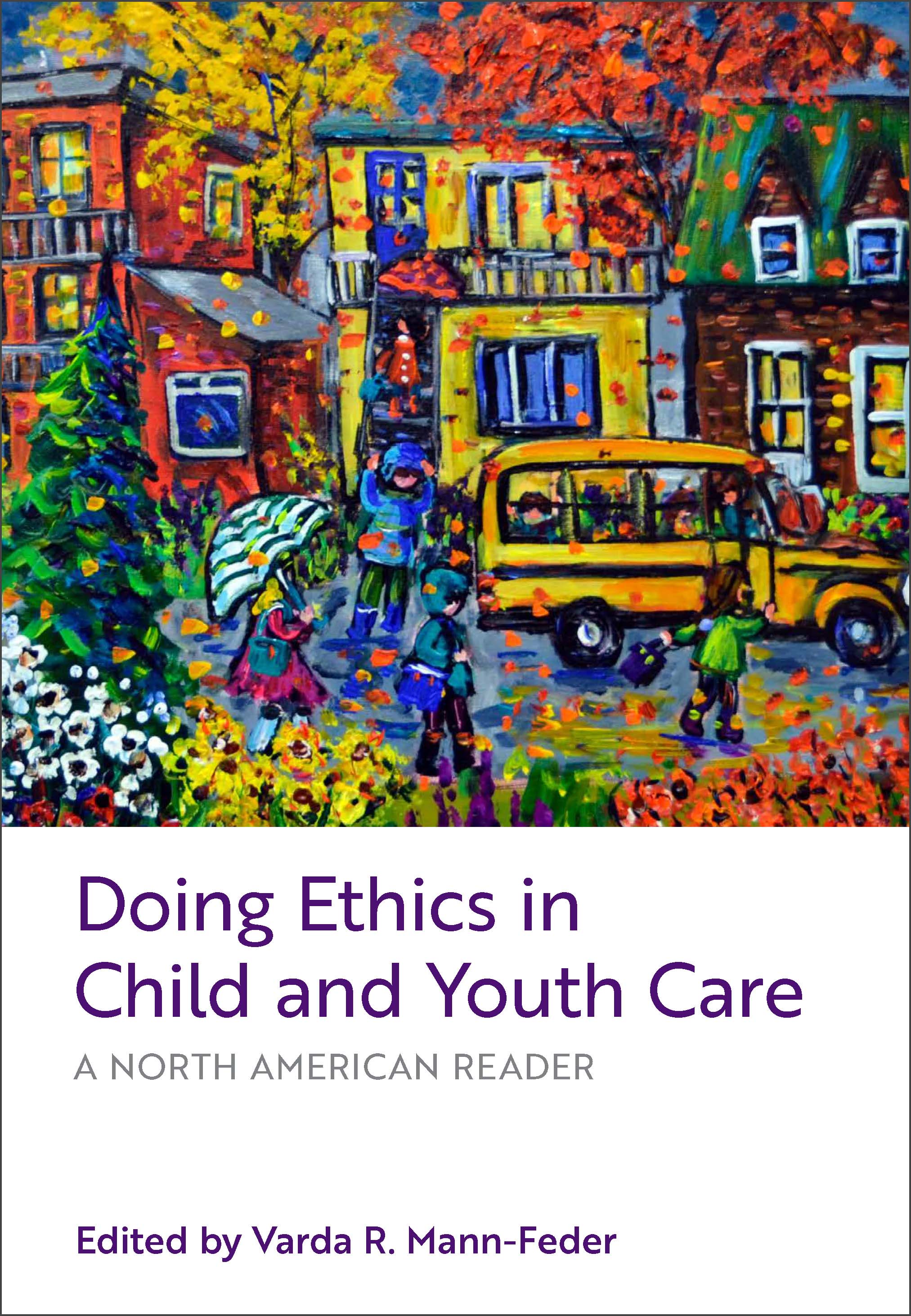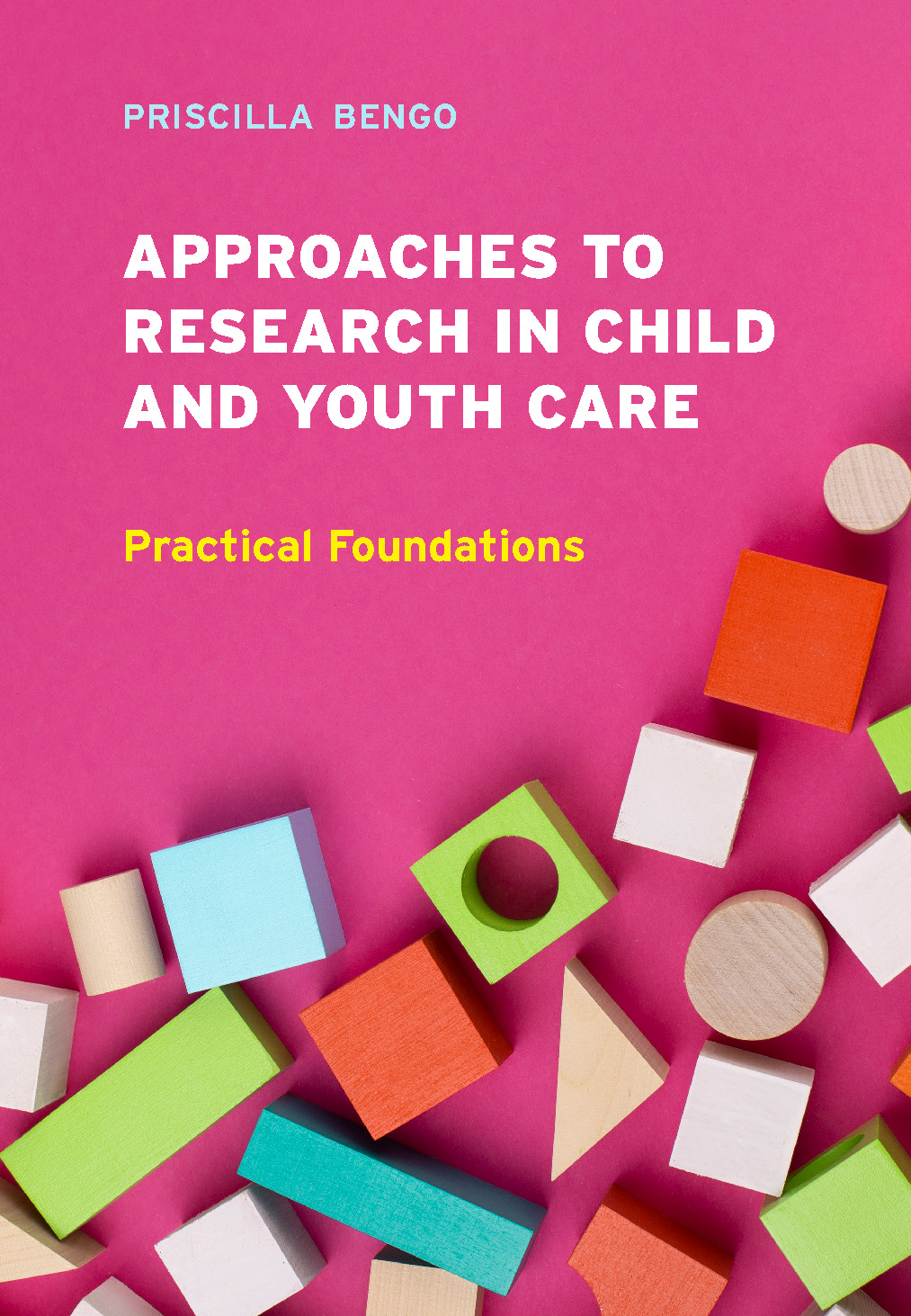Protecting Children
Theoretical and Practical Aspects
By Kathleen Kufeldt, Barbara Fallon, Brad McKenzie
Description
Focusing on children who are subject to welfare intervention, Protecting Children addresses the challenges and issues of the child welfare system and provides foundational knowledge on the theoretical and practical aspects of the field. This edited collection begins with a review of key concepts, including child development, attachment, and resilience theories; social policies; family law; and ethics. Highlighting the translation of theory into practice, the contributors discuss current services and the search for best practice internationally, as well as explore Indigenous child welfare and offer conclusions and recommendations to promote positive outcomes for children and families involved in the system.
Scholars, researchers, and practitioners from across the globe provide insight on a wide range of timely issues, such as the risk of reductionism, limits to predictability, pragmatic issues, as well as the disproportional presence in the care system of minority groups, including Indigenous children, children of new immigrants and refugees, children in LGBTQ communities, and children of the poor. This foundational volume is an important resource for courses in social work and child welfare.
FEATURES
- includes contributions from researchers, practitioners, and scholars from Australia, Canada, New Zealand, the United Kingdom, and the United States
- highlights Indigenous authors and personal stories of service users, and includes figures and tables throughout the text, as well as section introductions and conclusions to situate main theories and concepts for students
Details
Price
Number of Pages
462
Dimensions
6.75" x 9.75”
Print ISBN
9781773382555
eBook – Fixed Layout ISBN
9781773382562
eBook – Reflowable ISBN
9781773382579



